The Bridgerton series was kind of a ‘salvation’ during the pandemic, at the height of the days when everything outside was uncertain and Netflix took us to an England of the 1800s, amidst balls and nobles struggling to get married and live rich having fun forever. Escapism elevated to the cube, with a parade of beautiful people, an inclusive cast, and a soundtrack with pop hits played in the sound of a classic quartet… it was a necessary dose of sugar that left many people wanting more.
Obviously, fans of works that portray the period, such as Henry James, Edith Wharton, or, the goddess of goddesses, Jane Austen, quickly picked up references from the literary universe of writer Julia Quinn, who created the Bridgerton book series as a collection of novels. historical stories set in Regency-era London. In each book, the reader follows the lives and romantic adventures of the Bridgerton family, made up of eight brothers and their widowed mother. Netflix has already adapted some and has content for a few years to come. But would it be a kind of heresy, opportunism, or homage to Austen?
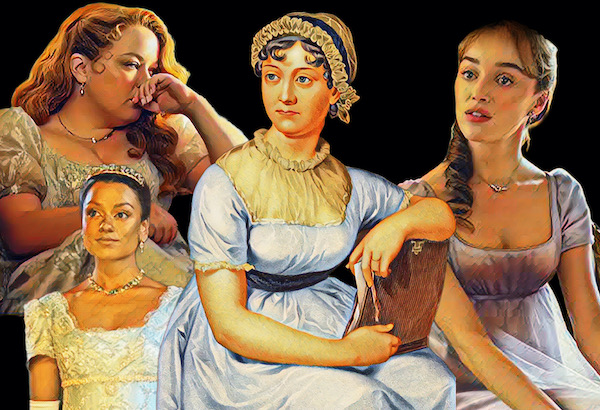
Bridgerton’s main points
In historical context, Julia Quinn set her novels in the early 19th century, a period known for its rigid social hierarchies and elaborate social rituals, which as we know, is a rich setting for romance and drama. Simply put: everyone lives and dies to marry and procreate. Therefore, personal concern or training has a direct and common objective for men and women, but even more so for Ladies.
If at first, it seems that the evil theme completes a single book, Austen and Quinn prove the timelessness and ability to tell the SAME plot in different ways. In the case of Bridgerton, as mentioned, each book focuses on one of the Bridgerton brothers, which gives us the chance to meet and engage with different personalities, even if the challenges are similar.
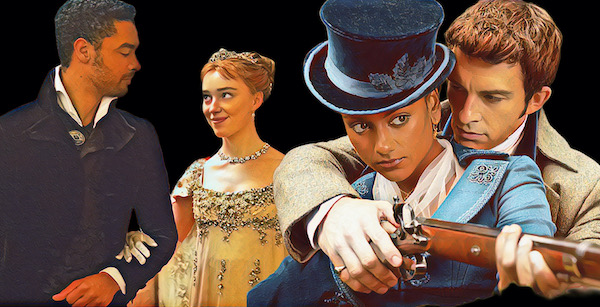
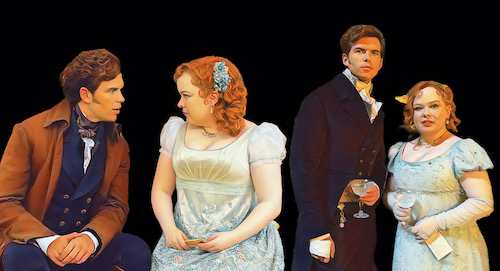
The close-knit and loving Bridgerton family dynamics help when we delve deeper into the individual stories because the interactions between the brothers and their mother provide comic relief and emotional resonance.
The twists are always based on clichés, such as “dislike until the first kiss”, and “pretend you’re not in love while having a relationship with the person”, but even so, with the richness of each character, we follow it with pleasure because there is always humor and intelligence.
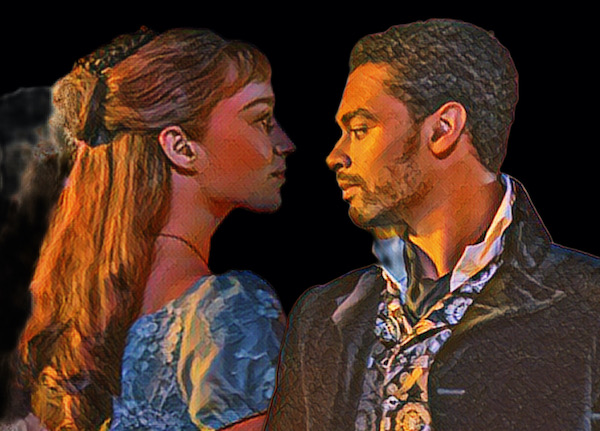
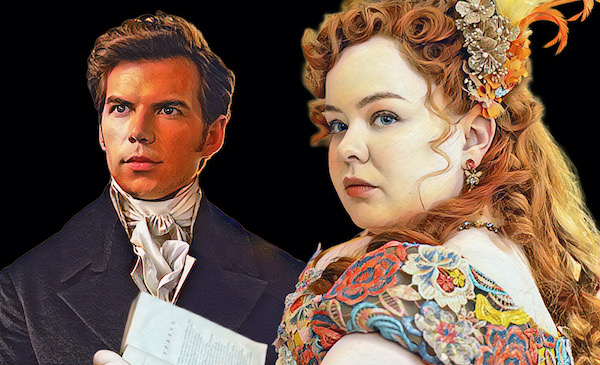
Like the classic romance authors of the period, Julia Quinn, a modern woman, takes advantage of her work to include comments on social norms and expectations, especially those related to gender and class that were limiting at the time. The Netflix series went beyond the page, playing with modern language and an inclusive cast to challenge the period genre of content and reach young audiences. It works perfectly in Bridgerton, but it interfered with readings of Persuasion and The Buccaneers, works where the formula didn’t fit.
The influences
Julia Quinn cited classic authors like Jane Austen and Georgette Heyer to create her franchise, but it’s Austen who is the clearest and most easily identifiable source for Bridgerton. After all, the year Pride and Prejudice was published in 1813, which is no coincidence. Just like when in the third season of the Netflix series, Eloise says she is reading Emma, the novel that the author dedicated to King George III and which was a huge success at the time, it’s another Easter egg, of course.
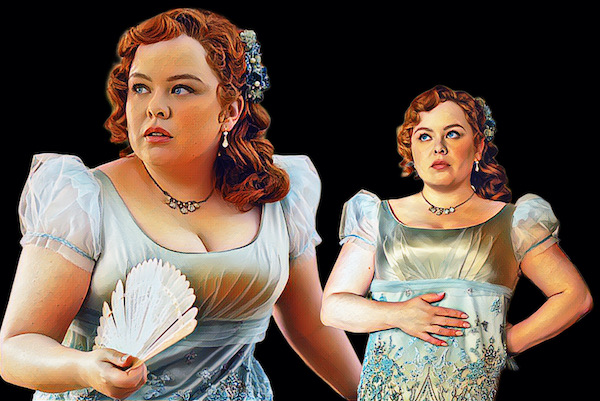
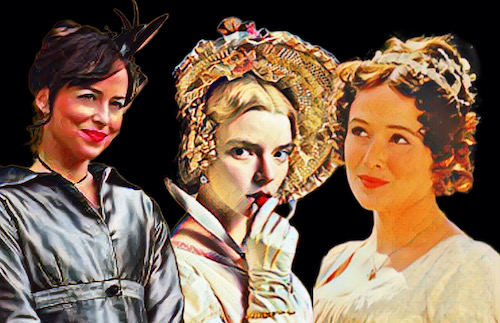
All six of Austen’s published novels appeared in the era of “Regency Glory,” the short but remarkable period of British history covering the years 1811 to 1820, in which Charlotte and George’s firstborn son became Prince Regent over a long period. of her father, George III’s madness (shown in the spin-off, Queen Charlotte). Another example was the use of Pride and Prejudice as one of the most obvious mirrors in the story of Daphne and Simon, from the 1st season of the series. Including hints of Reason and sensibility.
Jane Austen’s influence on the other authors who influenced Bridgerton is also undeniable. Vanity Fair and Barry Lyndon, both by William Makepeace Thackeray, are also set in the period known as the “Regency”, the same as in the pages of Georgette Heyer. It works and this is because Jane Austen’s work often explores the dynamics of social class and the institution of marriage as an advantageous business that greatly influences social status. Even if somewhat less so than Julia Quinn’s heroines, Jane Austen often navigates social constraints to find personal agency.
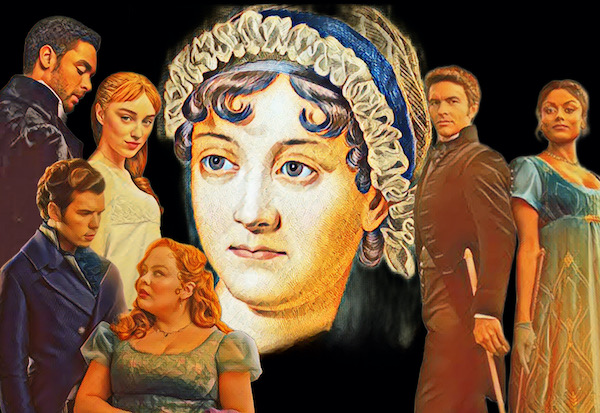
Another strong point of influence in Bridgerton is the satire of the superficiality and hypocrisy of the upper class, something that the pamphlet signed by Lady Whistledown never lets go unnoticed. But, while in the series we are among the nobles, Austen’s characters revolve around the “rural nobility”, where there were fortunes but not so many titles, most of the aristocrats were just below royalty and nobles.
This social isolation of a privileged group, far from the violence and many injustices of Regency society, is seen as superficial and fanciful, but it has its narrative merit. Speaking of narrative, Lady Whistledown’s voice is very reminiscent of the style and rhythm of Jane Austen’s text, with ironic and precise shots, where misunderstandings, miscommunication, or hidden motives govern the action.
As the rules of behavior are strict and no one can approach strangers, balls and social gatherings are essential for the characters to get to know each other and circulate, as well as for the story to unfold.
Experts are divided on liking or criticizing
The main quality of the Bridgerton series and books was to rejuvenate the public that loves Jane Austen’s work, but there are doubts that the author would “approve” of how her world is portrayed. Austen’s success over a century ago is credited to her insightful observations of the British landed gentry and her intricate, well-crafted plots that explore themes of love, marriage, and social mobility. One of her greatest achievements is her ability to create complex and relatable characters, especially her strong and intelligent heroines who often defy social norms and expectations. In this aspect, it is possible to appreciate both authors.
What is harmful about Bridgerton is the fact that many platforms rely on rewriting classics to fit the current style, but this is not always good. Netflix’s own version of Persuasion transformed Anne Elliott into a kind of Elizabeth Bennett, distorting the main point of the work. Anne could never be compared to the author’s most famous heroine because while Lizzie was defiant and even bold, Anne was shy, submissive, and repentant, the opposite of Julia Quinn’s characters.
But the main negative effect of the “bridgertization” of period pieces is the Apple TV Plus adaptation of the classic The Buccaneers. Nan would be closer to Anne Elliott and is now a 21st century woman in the 19th century: in perpetual and meaningless disagreement.
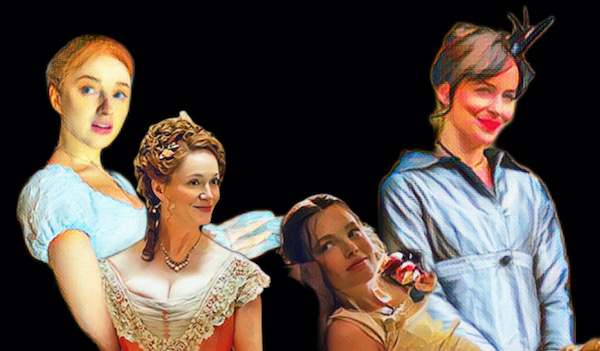
From everything we’ve seen in Bridgerton so far we can say that it’s delightful when it stays in its lane, it’s only when there are crossovers that it doesn’t work for anyone. But you can bet, when you finish the season, the longing for Jane Austen will hit you hard. The best thing is to have so many options so you can return to it. Just choose.
